[Answer] How often should Botox be injected to maintain beauty?
As one of the highly favored beauty trends today, thanks to its non-invasive technique with significant effectiveness, Botox often raises numerous questions that need clarification from users. One of those questions is how long should Botox injections be administered. Let’s explore how this therapy helps maintain results.
What is Botox, and how long does its cosmetic effect last?
Botox is a compound derived from the toxin of a strain of the Clostridium botulinum bacterium. It is injected to relax and paralyze facial muscles, interrupting the transmission of signals from muscles to the brain. This process helps improve the sharpness of facial features without adversely affecting the body. Botox has been FDA-certified as a safe and benign compound.
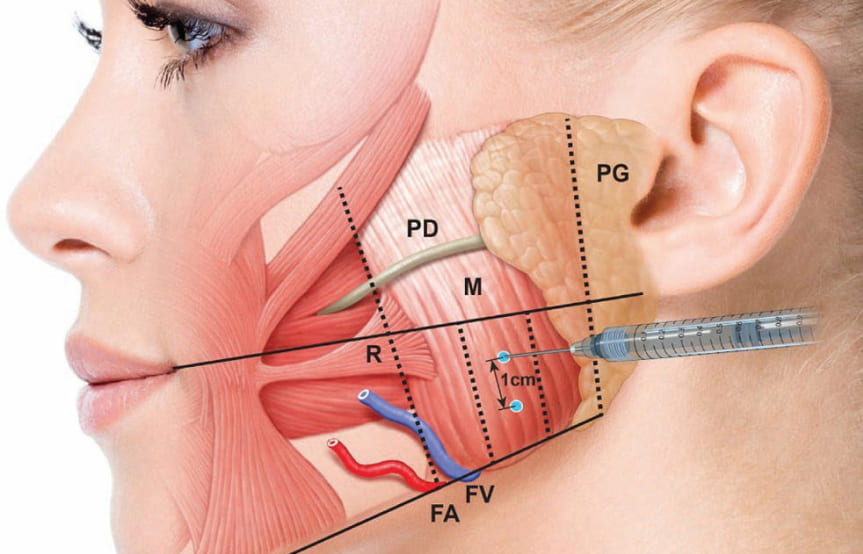
Accordingly, doctors will use injection needles to deliver Botox to the jaw area or specific locations to relax muscles and reduce wrinkles. Once introduced into the body, Botox begins to paralyze muscles and weaken the activity of this muscle group. Besides its primary ability to slim the jawline, Botox can also improve other imperfections such as frown lines, crow’s feet, or reduce signs of aging. It is even used to address issues related to body odor, such as excessive sweating in the feet.
Regarding the maintenance duration of Botox, in general, non-invasive beauty procedures using filling or slimming agents like Botox can last from 6 to 8 months. Some specific cases have reported a maintenance period of 1 to 1.5 years. However, this is just an average timeframe calculated, as actual results depend on individual factors, injection dosage, and the skill of the doctor.
How often should Botox be administered?
Dr. Pham Thu Phuong, a Dermatologist at Mega Gangnam International Clinic, notes that after 3-6 months, you can consider re-administering Botox to maintain the cosmetic results. The frequency of Botox injections also depends on the quality of the Botox used, how the body adapts to Botox, and the dosage administered. It’s worth noting that you don’t necessarily have to wait until the effects of Botox completely wear off before getting another injection. Instead, you can administer Botox when you notice changes in the skin and muscle conditions, indicating a return to the initial state. Therefore, the frequency of Botox injections depends on an estimated timeframe rather than a fixed interval.
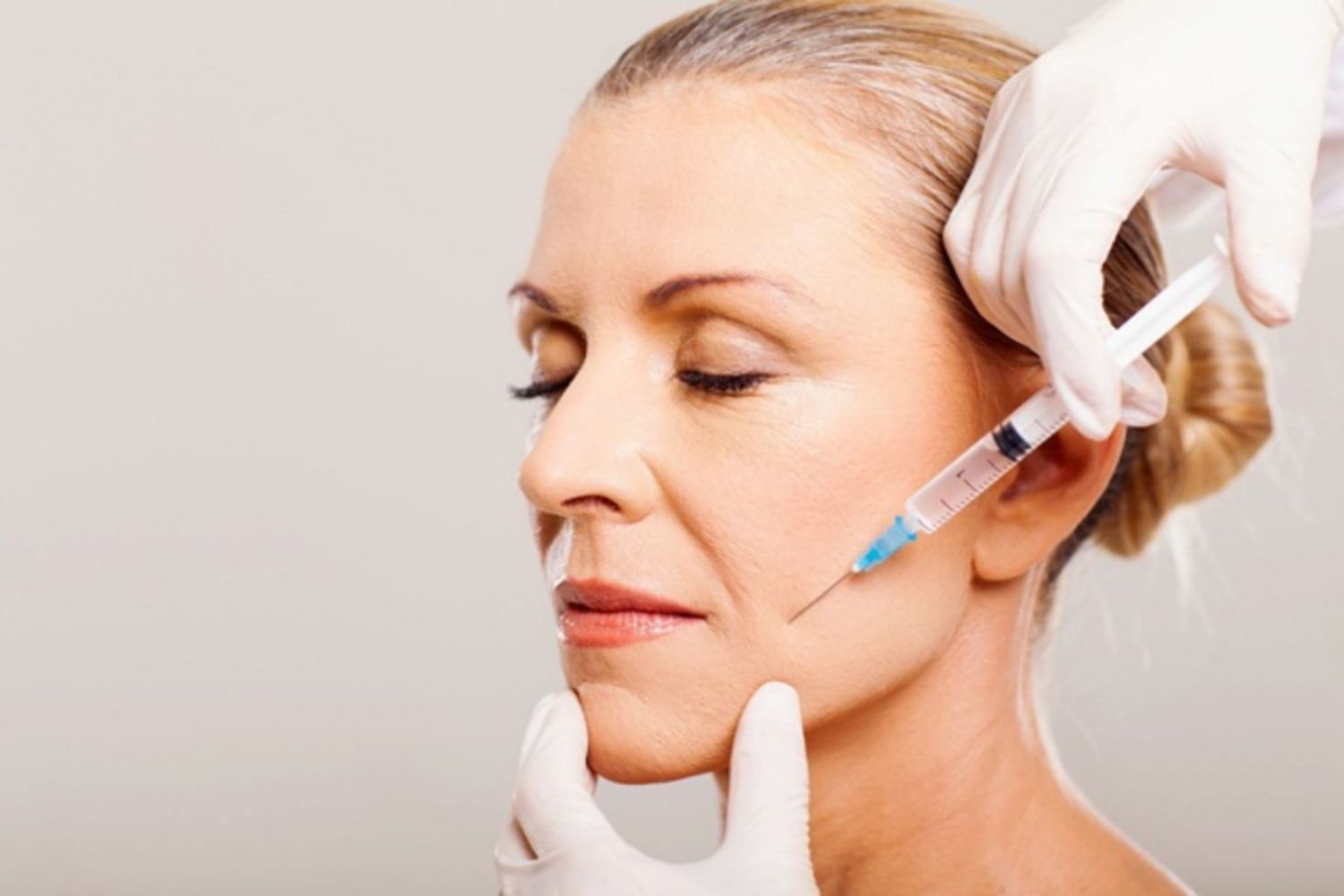
Questions Associated with Botox Injections
In addition to concerns about how often Botox should be administered, there are specific questions associated with the use of Botox for facial skin.
Is it okay to get Botox injections multiple times?
Dermatologist Dr. Pham Thu Phuong explains, “You can absolutely get Botox injections multiple times a year without worrying about adverse health effects. However, this applies only under standard conditions, including using appropriate dosages as indicated, the type of Botox used, and the injection procedure. This approach still has specific recommendations for each individual and health condition, so it’s advisable to consult with a doctor if you intend to use Botox regularly.”
Note: In the case of jaw slimming injections, Botox is only suitable for individuals over 20 years old because it causes inhibition of the chewing muscles, making eating difficult. At the age of 20, it’s crucial to enhance nutrition for growth, so cosmetic procedures should be avoided.
What care should be taken after Botox injections?
After undergoing Botox injections, it’s essential to know how to scientifically care for the treated areas to maintain long-term effectiveness. Consider the following:
- Apply cold compresses: After Botox injections, the injected area may experience swelling, bruising, or redness to a mild extent, which is normal. You can use cold compresses to alleviate this discomfort. It’s important not to apply ice directly to the injection site; instead, wrap it in a clean cloth or use a specialized cold compress bag.

Avoid Massaging or Applying Strong Pressure to the Treated Area: This is a crucial consideration. For at least 2-3 days after the treatment, it’s essential to refrain from massaging or putting pressure on the treated area to prevent the spread of Botox to other regions. It’s advisable to avoid such activities until the skin has fully healed.
Care for the Skin After Botox Injections: Approximately 4 hours after Botox injections, you can wash your face with cold water and use some gentle skincare products to soothe the skin and facilitate the adaptation process of Botox.
Establish a Diet and Lifestyle Routine After Injections:** Include plenty of fruits and vegetables rich in vitamins in your diet after Botox injections. This not only accelerates the healing of the injected area but also maintains the long-term beauty effects. Don’t forget to drink plenty of water and maintain a balanced diet to provide better nutrients to the skin’s structure and enhance collagen production.
Contact the Doctor for Unusual Signs: If there are any abnormal signs on your face, such as severe pain, prolonged redness, etc., it’s crucial to notify the cosmetic surgeon immediately for consultation and appropriate treatment.
How Much Botox is Needed for a Beautiful Result?
Unlike fillers, Botox is not measured in cc but in units (U). For jaw slimming, you may need to inject approximately 50-100 units per session, evenly distributed on both sides. For the eye area, typically, doctors use around 22-28 units of Botox.
What to Do if You Smile Stiffly After Botox Injections?
In cases where Botox is injected excessively, causing stiffness, there is no need to worry excessively because Botox only inhibits the chewing muscles. If faced with this situation, you can improve it by steaming your face or using a warm compress to help Botox dissipate more quickly. Additionally, gently massaging the injected area can be helpful. Moreover, it’s advisable to engage in more jaw movements, such as smiling, talking, and chewing, to alleviate stiffness.
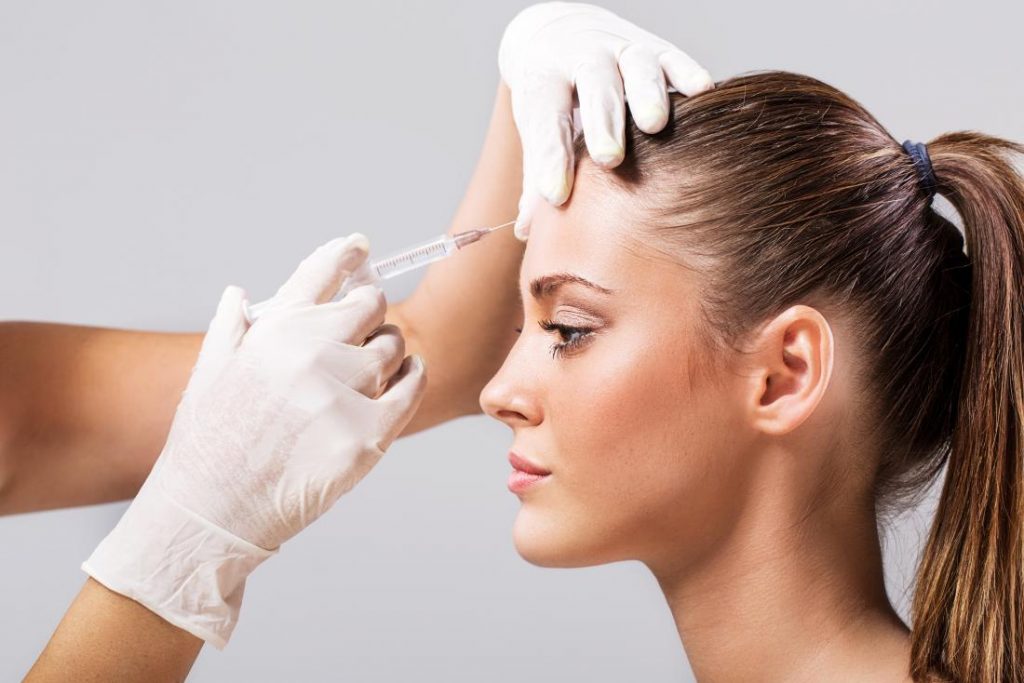
Potential Side Effects of Using Botox:
Like any beauty method, Botox injections may lead to certain symptoms, including:
- Headaches:Headaches are a common side effect after Botox injections but typically last only a few hours.
- Swelling or Redness:Some individuals may experience swelling or redness in the injected area, but these symptoms usually disappear within a few hours or days.
- Numbness or Difficulty Breathing: These side effects are rare for the facial area after Botox injections. They are warning signs of complications and need immediate attention.
- Immune Response: Some studies suggest that excessive use of Botox can trigger an immune response leading to symptoms such as diarrhea, difficulty breathing, fatigue, and pneumonia.
These explanations provide a better understanding of the question of how often one should get Botox injections. The timeframes mentioned are average estimates and depend on various factors. For accurate information about your specific condition or the need for Botox reinjection, it is recommended to consult dermatology specialists. The hotline 093 770 6666 is available to provide detailed advice and share knowledge about safe and effective beauty practices.





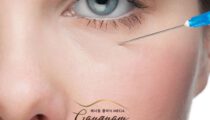
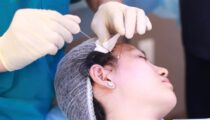

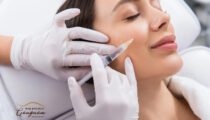





Leave a Reply